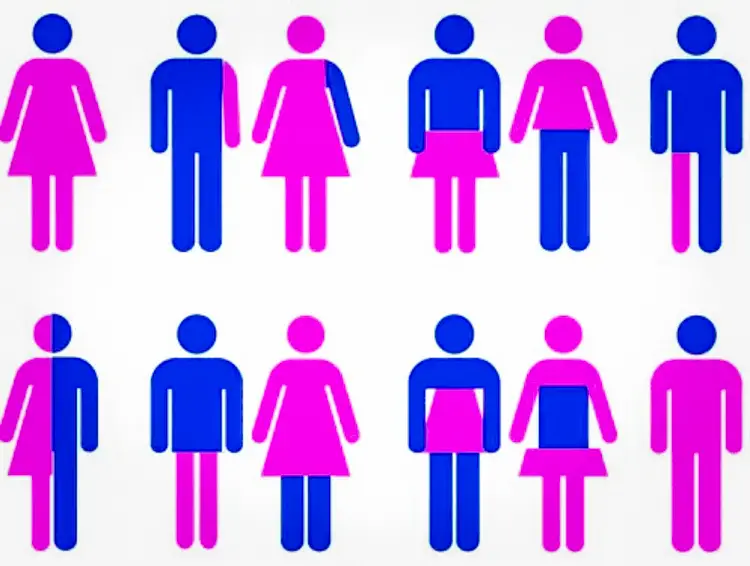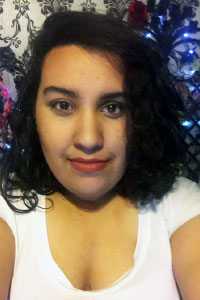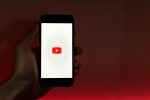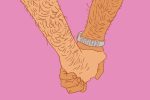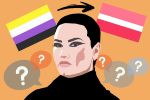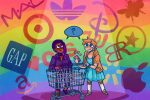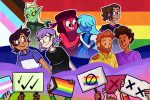Straight or gay. Once upon a time, those were the only ways to identify oneself sexually. Straight was preferred, and being gay was kept on the downlow. Then, after years of fighting and legislating, the world finally realized that it’s no one’s business who sleeps with whom. Even baby boomers started shrugging their shoulders saying, “Yeah, I guess gay people are okay.”
But then came the bisexuals. And the pansexuals. And the demisexuals. There were even sexualities that said that people weren’t attracted to anyone at all, and it only broke down further from there. Day by day, LGBT grew more and more by the letter. To be safe, the correct term is LGBT+ to include any sexuality one may miss.
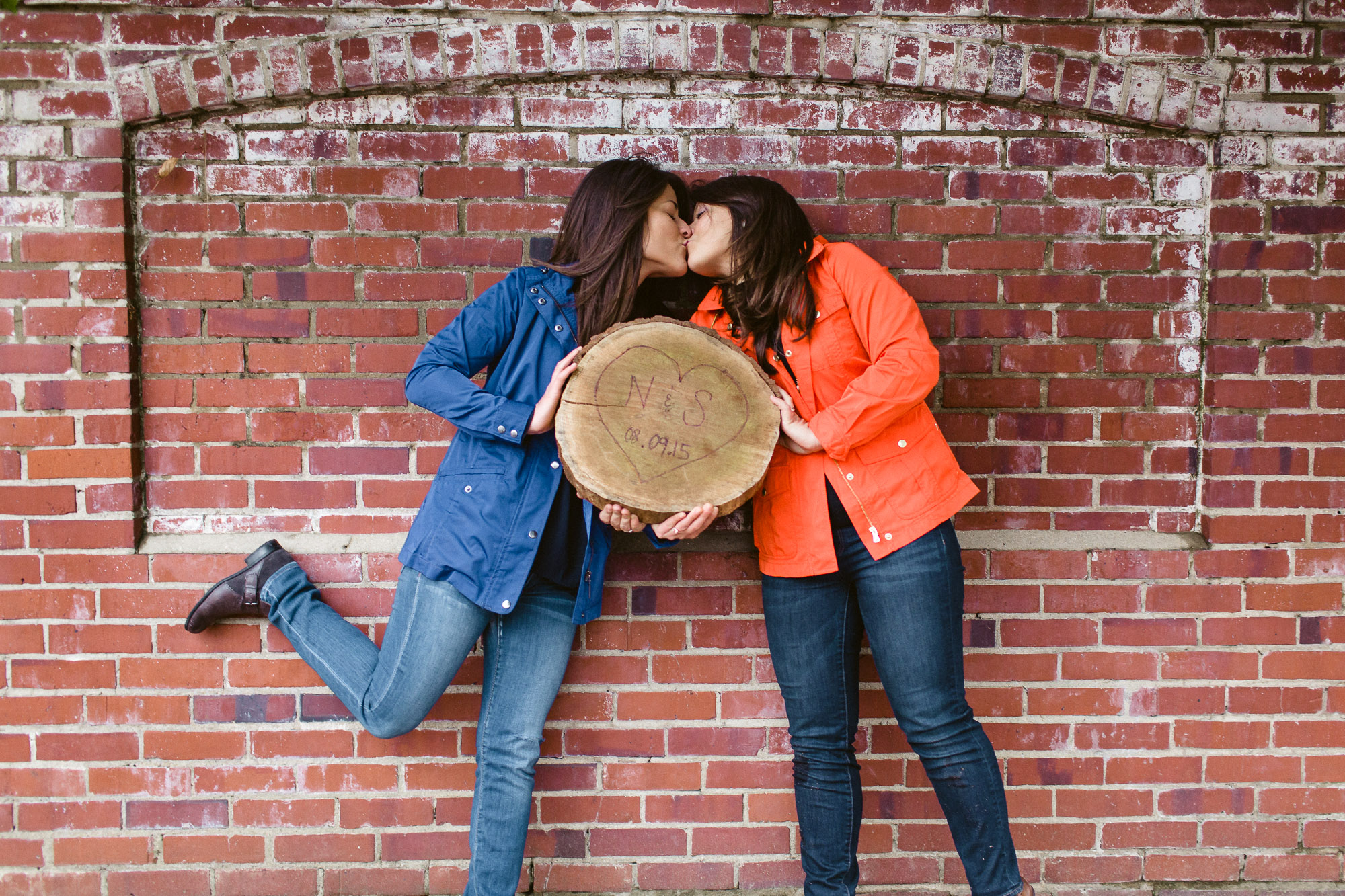
The oncoming slew of sexual self-identifiers took baby boomers’ indifference to homosexuality and cranked the hate-o-meter to a “These liberal snowflakes think they’re so special with their fake sexualities.” To be fair, an entire spectrum of identification can be a little overwhelming, especially for people who were raised in an era of straight and maybe gay. However, even if the words sound new, there’s nothing new about the actual concept of these sexual identifiers. In fact, queer people are all throughout history. Emily Dickinson in particular is my favorite suspected bisexual recluse (talk about goals).
If you didn’t know Dickinson could be bisexual, then you’re not alone. She never actually claimed to be bisexual, but from a series of letter uncovered posthumously, there’s certainly cause to think so. Dickinson was never shy of being a rebellious poet, so why cover up the fact of her homosexuality? Most likely because she didn’t have the vocabulary to label herself bisexual. Ironic for a poet, huh?
Well, much like every word of every language ever, the word bisexual needed to be discovered first in order for anyone to identify as such. It’s like Pluto, for example. For awhile no one knew the tiny planet existed, but it was always there twisting and turning around the sun. Then someone saw it and called it a planet. Then scientists said it wasn’t a planet. It was still there, though. Then scientists said it was a planet. Still didn’t bother Pluto. Pluto did its thing while people argued over how to label and define it. Through it all, Pluto stayed true to its nature. Much like bisexuals.
They’ve always been here, but it wasn’t until 1824 that someone first coined the word. From there, it took a long time for the word to catch on. Even today, people argue that you can’t be sexually attracted to more than one gender. The definition of bisexual has also evolved through time to become what the community deems appropriate. The most popular definition is that someone who is bisexual is someone who is attracted to men and women. The definition today is that bisexuality is being attracted to the same gender and other genders, which is a huge distinction that makes room for a spectrum of genders and doesn’t suggest that there is a gender binary.
And the evolution of terms like bisexuality and the discovery of new terms, like demisexual, happen from a communal effort. Of course, there isn’t a weekly queer meeting where all the homosexuals in the world gather and debate on how to push their agenda (though, how awesome would that be?). A lot of queer people still don’t feel safe gathering in public to discuss their sexuality. The only place that offered queer people of all ages to gather in safety and anonymity was the internet.
Conversations began in the dark corners of the internet, mainly Tumblr and DeviantArt, and branched out from there. Advocate is great website for queer news, the but the places where people found how to articulate their sexual identity was through popular blogs like Nobody Passes and Queer Fat Femme. Through blogging and message boards, queer people were able to open a dialogue between one another, instead of being told by a news article or dictionary definition on how they should identify.
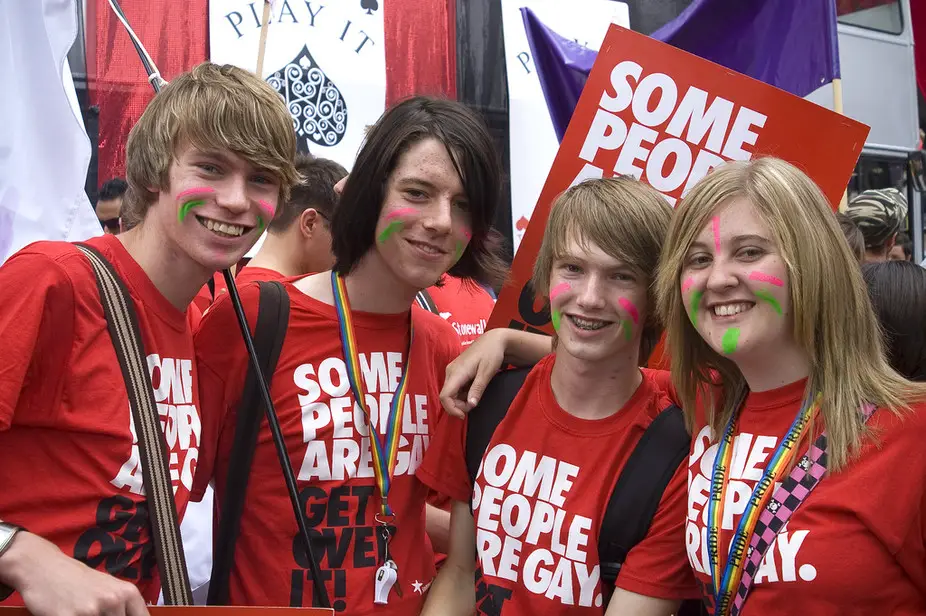
Probably the biggest unsung hero of the sexual identification revolution is strangely enough fanfiction. If anyone doesn’t know what fanfiction is, they probably haven’t been on a computer in the past ten years. Websites such as fanction.net offer a plethora of fan-created stories based off of popular media, and the majority of them contain romantic relationships. And most of those stories involve queer couples. Since queer couples are still a taboo in mainstream media, fans decided to create their own. A lot of fanfiction started off a man and man or woman and woman. But then fans thought, “Hey, I like this main character with both this man and woman, so do I have to choose between gay and straight?” From there, fans started creating a dialogue that resulted in millions of amateur queer representation that involved all different kinds of sexualities.
The biggest concern with the spectrum of sexualities, however, is that no one knows who to bump genitals with. No one wants to be turned down, but in the dating world, it’s time for everyone to accept rejection as a reality. Because even if the woman you’re talking to is straight and not asexual, she still might not be into you. So, a little pro advice is to go up to someone in an appropriate setting, chat them up and take a chance. If they say “No, sorry, I’m [insert sexuality here]” then move on. If they say yes, then you’re good. If it turns out they’re into other genders, there shouldn’t be a problem. After all, they’re into you and that’s the end of that discussion.
So, yeah. Words like asexual and abrosexual are made up from a group of people (mostly liberals) who wanted to distinguish themselves from others. That doesn’t mean they’re without meaning though, much like how identifiers like African American, white, man and woman are important to how individuals define who they are. Definitions may change by the moment and by the person, but all that should matter at the end of the day is if everyone involved is happy, consensual and safe. These queer identifiers might sound new, but when face to face with a bisexual person, don’t sneer at their label. Because they’ve been there the whole time, whether either of you it or not.


